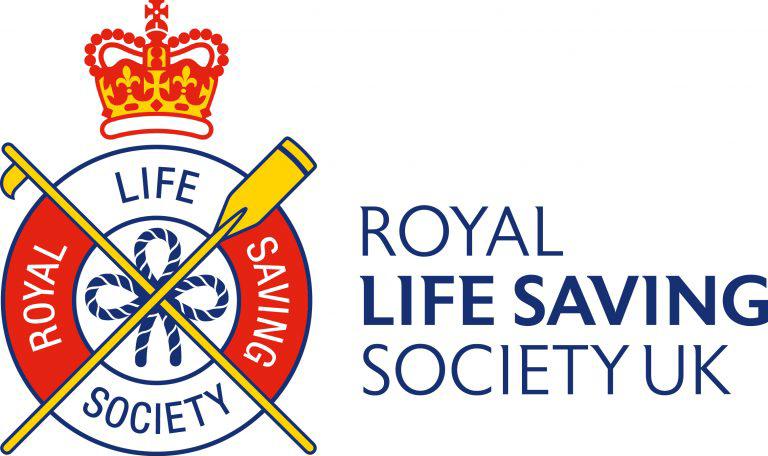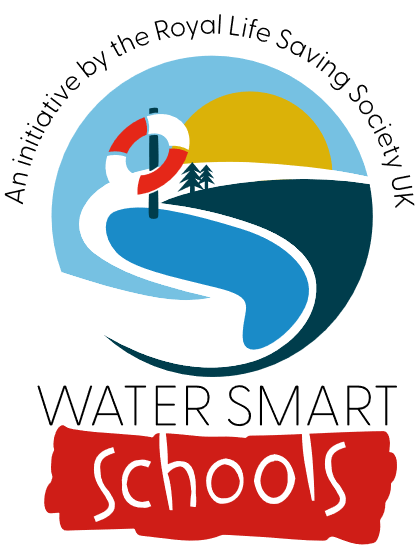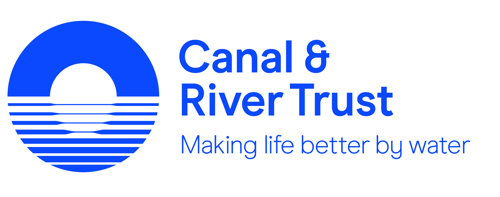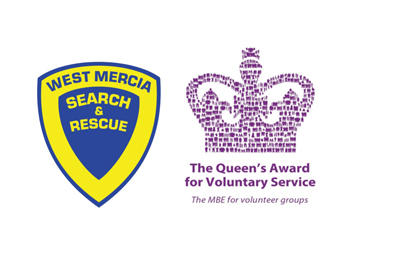Water safety awareness is essential to prevent accidents and drownings. Approximately 46% of drowning deaths are among children under the age of 14.
In Cambridgeshire and Peterborough, almost all schools have nearby risky places where children could enter water. One school has 40 different such sites within a mile of the school gate!
There is an increasing risk of young people coming to harm around inland bodies of water. Young people are drawn to risk and keen to impress their friends, so are taking greater and greater risks around water.
Accidental drowning fatalities among children have risen by 46% compared to the five-year average and tragically, 41 children have lost their lives in the last year — the equivalent of almost two classes of children. Two of these casualties were in our area.
- 46% of drownings occur in the June, July and August
- Males continue to over-represent, 71% of those children were boys
Even the strongest of swimmers can get into trouble in water outdoors and we have particular concern for young people who could be putting themselves and others at risk without knowing the dangers.
It is essential that young people can assess and manage risks around water, in order to make informed decisions.
Young people therefore need, and are calling for, education to support them to recognise and manage risks around water, including resisting pressure from peers and understanding what to do if they, or their friends, get into trouble in the water.
Water Safety Advice from Royal Life Saving Society UK (RLSS)

The Royal Life Saving Society UK (RLSS UK) works tirelessly to educate people to enjoy water safely, to keep their families and friends safe and to know what to do in an emergency.
The RLSS believe that water safety information should be accessible to all. In an ideal world, every child would learn to swim. However, as this is not the case, our resources can be delivered in the classroom or at home, which means while there may be barriers to accessing water, every child can still benefit from water safety education.
Our water safety resources encourage a safe relationship with the water. We also hope it will inspire children to have a future relationship with water, with all the mental and physical benefits that being in, on and around water brings.
Follow the links below to our free water safety resources for use in schools, in a community setting and at home
For EYFS & KS1
For KS2
Secondary Resources
Keeping Children Safe around Water
Water Smart Schools

Empowering Schools with Life-Saving Water Safety Skills
Water Smart Schools is a free accreditation programme for primary, secondary, and specialist schools - helping students gain essential skills for life.
In our Child Drowning Report we found that in 2022, accidental drowning fatalities among children rose by 46% compared to the five-year average. Tragically, 35 children lost their lives—the equivalent of an entire classroom.
Every young person deserves access to vital water safety skills, regardless of their background. These skills not only protect them around water but also open doors to enriching water-based activities and play. At RLSS UK, we believe the most effective water safety education comes through sustained learning, where essential skills are embedded to encourage informed decision-making and responsible behaviours.
Developed by Experts
Built on ‘Health and Wellbeing’ curriculum aims and objectives, the Water Smart Schools Award provides a structured framework to help schools deliver high-quality, sustainable water safety education.
This initiative equips schools with comprehensive materials for classroom-based water safety lessons, featuring adaptable, tried-and-tested resources. The programme fosters whole-school and community involvement, provides School Councils with a meaningful project base, and enhances understanding of water safety issues both locally and beyond.
Achieve Bronze, Silver, or Gold Accreditation
Upon completion, schools receive an accreditation award certificate at one of three levels: Bronze, Silver, or Gold, each valid for two years.
Ready to Make a Difference?
If you're ready to take part—whether now or in the future—simply complete the form linked below to register your school
https://www.rlss.org.uk/forms/register-for-the-water-smart-schools-programme
Canal and River Trust

Water safety information for young people of secondary school age
As young people become more independent it’s even more important that they are aware of how to stay safe near water.
Being a strong swimmer may not save you if you fall into cold water. Knowing how to behave can save lives.
Learn the Water Safety Code
- Stop & Think
- Stay Together
- Call 999
- Float
Unseen dangers
From the safety of a canal bank, water can look extremely inviting. But every year young people get into trouble as a result of dangers they cannot see.
- Low water temperatures can cause the body to go into cold water shock and can claim your life in minutes, even if you are a strong swimmer.
- It’s difficult to estimate the depth of the water. It may be much deeper or shallower than expected and cause serious harm if jumping in.
- There are often no suitable places to get out of the water due to steep slimy banks.
- The ground shelves away very steeply so you can quickly become out of your depth.
- There is no way of knowing what lies beneath.
- Reeds and other plant life can get tangled around your limbs and keep you in the water
- Mud makes it difficult to walk even if you can stand up.
- Litter and waste such as pipes, shopping trolleys, sharp metal or broken bottles can trap your feet as well as cause injury.
- There may be underwater machinery to help operate the locks, for example sluices.
- Swimming in open water can expose you to serious disease such as Leptospirosis (Weil’s disease).
- There may be hidden currents. Flowing water can be especially dangerous and when the locks are in operation the water flows extremely fast.
Knowing what to do if you get into danger in the water
Low water temperatures cause the body to go into cold water shock and even hypothermia.
Know how to fight cold water shock
If you were to fall into cold water, you are likely to be confused and frightened and your natural instinct will be to fight the water – to swim hard. But the cold water will make you gasp uncontrollably, your heart will beat really fast, you’ll lose energy quickly and breathe in lots of water, and eventually your muscles will become paralysed. You need to fight your instincts.
Float to live - be a starfish
If you float on your back you can keep your airways clear, control your breathing and allow the cold water shock to pass. Then you can call out for help, and you will have a much better chance of surviving.
Knowing what to do if someone else gets into danger
Never get into the water, even if you are a strong swimmer. Instead:
- Stay calm. Always think before you act.
- There may be other people around, so shout for help as loudly as you can.
- Dial 999 and ask for the Fire & Rescue Service. Explain your location clearly – use road names, bridge numbers and describe any landmarks. Use What3words if you can.
- Keep an eye on the person, keep talking to them and stay near them. Encourage them to float on their back in a star shape.
- If you can, throw a safety line or rope to them. Otherwise lie down to make yourself more stable and use a tree branch, stick or an item of clothing to reach out to them.
- If your dog goes into the water, don’t jump in after it. Instead, encourage it to swim to the edge.
Learning to stay SAFE
The Canal and River trust have created teacher led resources to help teenagers learn how to stay safe near water.
Find out about water safety
Resources for teenagers
No More Water Deaths

West Mercia Search and Rescue have created a very good resource that all young people could work through, possibly within PSHE or as whole school learning challenge during Drowning Prevention Week
This is a free online course that teaches the risks, how to help someone in water, and the basics of saving a life.
It’s suitable for all ages, and contains loads of information on dangers from water, and how to rescue someone who’s in trouble. It takes 20-30 minutes to do the online course… You even get a FREE certificate when you finish.
References and further resources
Department for Education National Curriculum Physical Education Programmes
Swimming ability, water safety education, and drowning prevention (2006) in Handbook of Drowning: Prevention, Rescue, Treatment.
Swim England Teaching Swimming and Water Safety at Key Stage 1 or 2: Water Safety Resource (2024)
Swimming and water safety in the national curriculum –Swim England 2019
Water Safety Organisations
The following organisations provide a wide range of water safety and drowning prevention resources for schools:
Swim England
Canal and River Trust
www.canalrivertrust.org.uk/explorers/water-safety
Royal National Lifeboat Institution (RNLI)
www.rnli.org/youth-education/education-resources
Royal Life Saving Society
(RLSS)www.rlss.org.uk/water-safety/water-safety-resources/
Royal Society for the Prevention of Accidents (RoSPA)
www.rospa.com/leisure-safety/water/advice/childrenyoung-people/
Cambridgeshire PE Advisory Service
Practical Guide to Keeping Children Safe Around Water

















